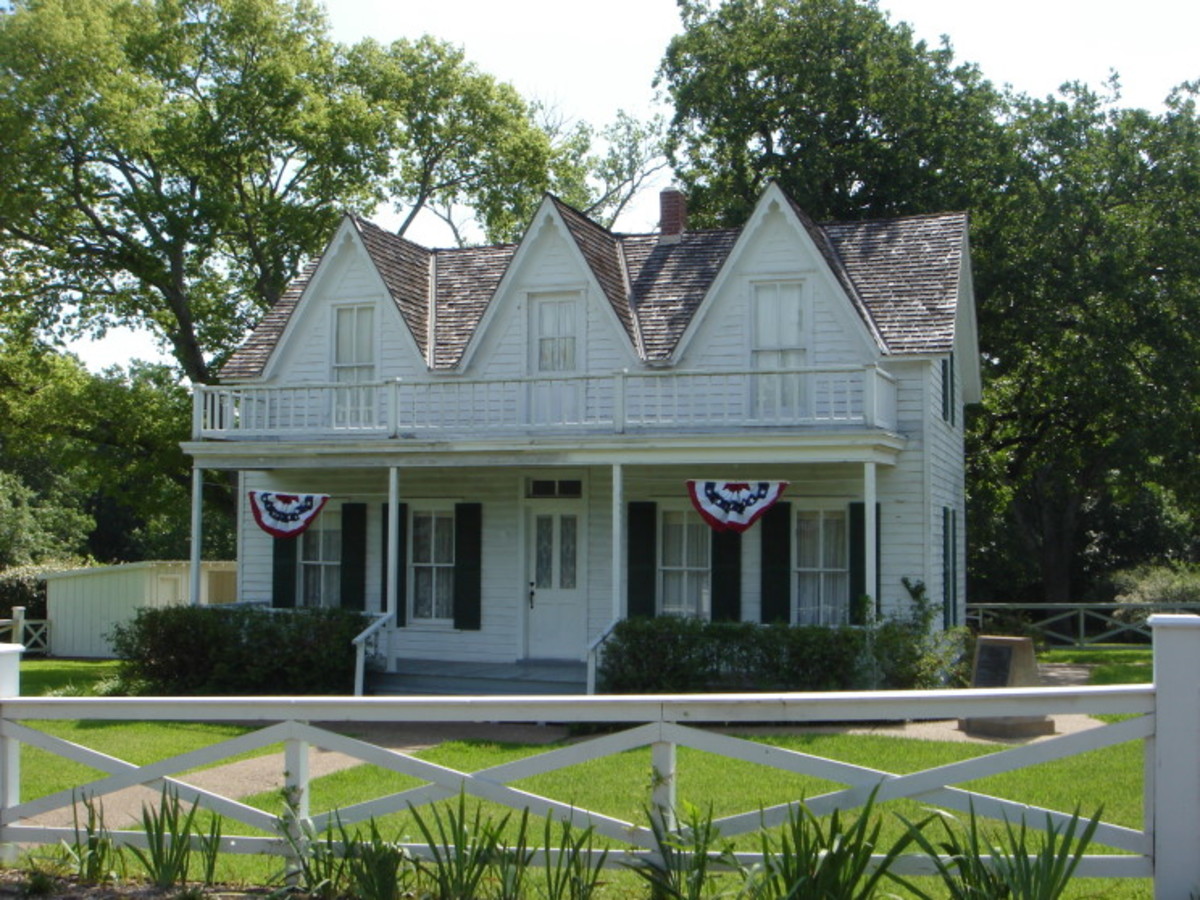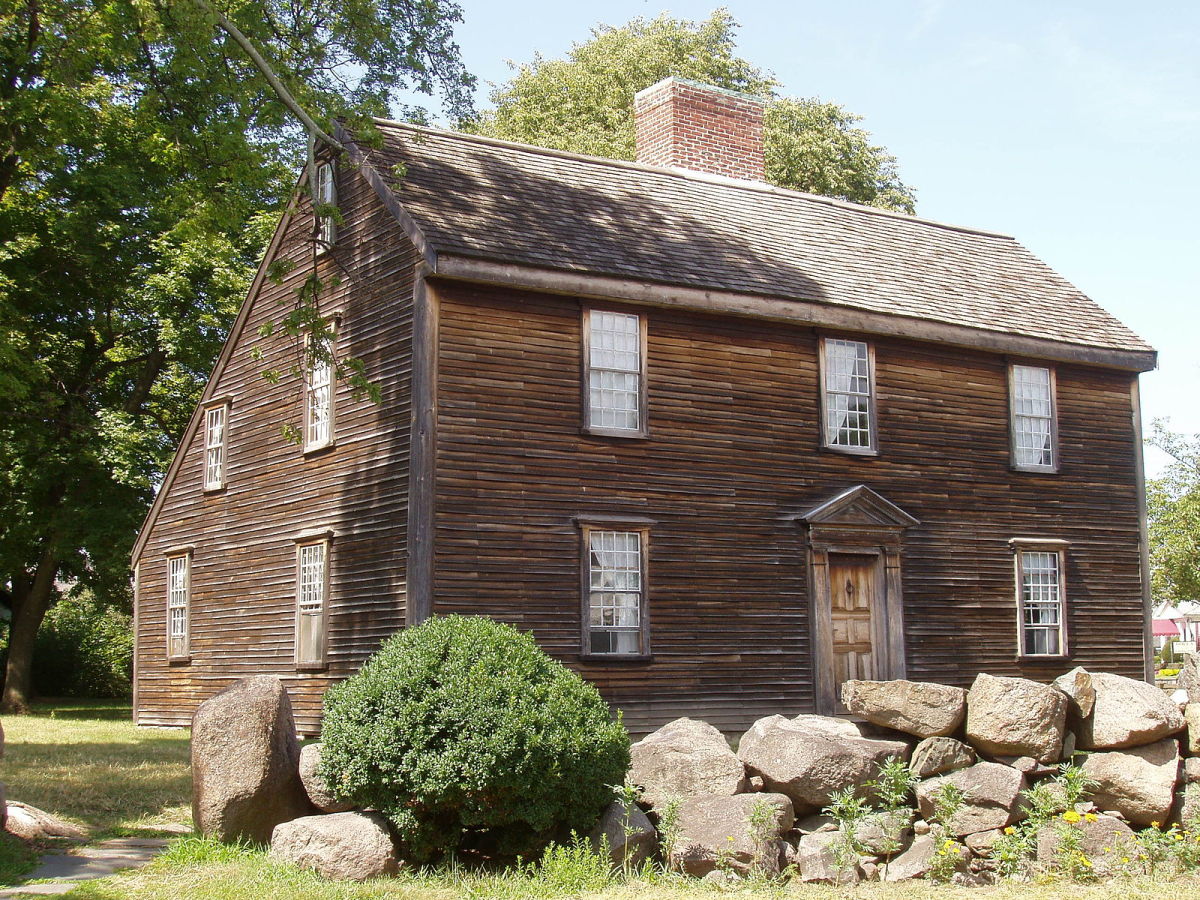 Perma-Chink Systems, Inc
Log & Timber Home Care Experts
Perma-Chink Systems, Inc
Log & Timber Home Care Experts
We have a collection of videos covering common home maintenance tasks specific to log and timber homes. Below are our videos, which are also available on our YouTube channel.
Sealing Logs and Checks |
|
| Sealing Log End Grain | |
| Sealing Log Checks |
All homes have pests. Log and Timber frame homes have specific pests that like to chew up wood, or burrow inside. For many pests, Perma-Chink Systems offers specific products to treat the wood, aimed at preventing damage from pests.
Tech Tip |
|
Tech Tip |
|
| Pest proofing your home | Woodpeckers | ||
| Carpenter ants | Ladybugs and boxelder | ||
| Carpenter bees | Parasitic wasps | ||
| Wood boring beetles | Wildlife damage |
Despite our best efforts, sometimes problems develop in wood that requires some more serious work than just stripping the finish or applying a new topcoat. Wood decay does happen, and it can be repaired if caught early enough. Perma-Chink Systems offers two-part epoxy products, M-Balm and E-Wood, to repair damaged logs.
If you're looking to restore your home's beauty through taking the wood down to bare wood and applying a new finish, we can help you with that, too. We offer S-100 and StripIt, environmentally-friendly water-based strippers.
Perma-Chink Systems offers wood preservatives designed to protect your home from insects and wood rot. Below are our Tech Tips for our preservatives, along with some general product knowledge on storing procedures.
Perma-Chink Systems namesake product, Perma-Chink, is the leading sealant for log homes. We've extended the same performance and quality of Perma-Chink in our other sealants, Energy Seal and Woodsman.
Below are our Tech Tips for all our sealants, including our Chink Paint, which provides an excellent solution to refresh old, but sealed, chinking.
Sealants Application Guide
Perma-Chink Sealant Tech Tips
Repairing Perma-Chink | ![]() Download PDF
Download PDF
Protecting Uncured Chinking | ![]() Download PDF
Download PDF
Energy Seal Tech Tips
How to Apply Energy Seal And Woodsman | ![]() Download PDF
Download PDF
Sealing with Log Gap Caps and Energy Seal | ![]() Download PDF
Download PDF
Sealing Log Siding | ![]() Download PDF
Download PDF
Check Mate 2 Tech Tips
The Color of Check Mate 2 | ![]() Download PDF
Download PDF
How to Seal Checks In Logs & Siding | ![]() Download PDF
Download PDF
Chink Paint Tech Tips
Chink Paint Versus Chinking | ![]() Download PDF
Download PDF
Chink Paint (Textured & Smooth) | ![]() Download PDF
Download PDF
General Sealant Application Tech Tips
Calculating Linear Feet | ![]() Download PDF
Download PDF
Calculating Square Footage | ![]() Download PDF
Download PDF
Application Temperatures | ![]() Download PDF
Download PDF
Hot Weather Applications | ![]() Download PDF
Download PDF
Why Use Backing Materials | ![]() Download PDF
Download PDF
Drying and Curing Times | ![]() Download PDF
Download PDF
Removing Old Caulk | ![]() Download PDF
Download PDF
Equipment & Tools Tech Tips
About Bulk Loading Guns | ![]() Download PDF
Download PDF
Energy, Environmental, and Misc. Tech Tips
The Thermal Efficiency of Chink Joints | ![]() Download PDF
Download PDF
Perma-Chink Systems have the best stains for log and timber homes. While we tend to call our stains "finishes," most consumers are used to the phrasing of "wood stain." Why the difference? The quick answer is that stains permeate the wood, while finishes form a film over the surface, protecting the wood. If you want to know more about the difference, our tips below can answer your questions.
The Tech Tips are grouped below by how our system works. Like most things in life, success is determined by a strong foundation. So the first section contains information on getting your log or timber home ready for the finish of your choosing. Following the surface prep section, we've consolidated information about our finishes for both exterior and interior. The final section is dedicated to known issues with log and timber homes that all homeowners have to deal with, regardless of which finish they choose.
Wood Finishes Application Guide
Tips For Surface Prepping, Cleaning, & Washing
Tech Tips About Stains & Finishes
Tech Tips For Exterior Finishes
Tech Tips For Interior Finishes
TECH TIP |
|
TECH TIP |
|
| How to Apply Lifeline Interior | Applying Sure Shine | ||
| Interior Color Coats & Topcoats | Finishing Floors |
Tech Tips For Moisture, Mold, & Wood Issues
TECH TIP |
|
TECH TIP |
|
| What is Mill Glaze? | About Water Stains | ||
| About pH | About Moisture Content | ||
| About Moisture Meters | About Mold & Mildew | ||
| About Resin Bleed | Preventing Mold Growth |
Perma-Chink Systems has a full line of wood cleaners designed to clean, restore, and prepare your home for maintenance. We cover the basic cleaning, as well as how to handle known wood issues like resin bleed.
From Peter H. Miller, Traditional Building:
Not every great leader was born with wealth and privilege. In fact, some of the greatest U.S. presidents came from the most humble of abodes. Today we take a look at some of our favorite presidential birthplaces.
1) Abraham Lincoln

Arguably one of the greatest leaders in our nation's history, Abraham Lincoln could not have come from a more humble beginning. This one-room cabin in Hodgenville, Kentucky, measured only 16 ft. x 18 ft., had a dirt floor, a stone fireplace, and a single window.
2) Dwight Eisenhower

Dwight D. Eisenhower was born in this simple 2-story frame house in Denison, Texas. He was the first U.S. President from Texas--although he didn't know that until he was an adult. Eisenhower's family moved to Kansas when he was 2 years old, and he had no knowledge of his Texas origins until a local school principal named Jennie Jackson contacted him and asked if he was related to the Eisenhower family of Denison. Once Eisenhower's mother confirmed that it was indeed his birthplace, Jackson set about raising funds to buy the home, which was then donated to the city of Denison. It is now operated by the Texas Historical Commission, and is a designated Texas Historic Landmark.
3) Bill Clinton

William Jefferson Clinton, our 42nd president, was born in the small town of Hope, Arkansas. He lived in this modest house in Hope with his recently-widowed mother and her parents until he was 4 years old. It was in this home that Clinton first learned about social equality, justice, and a commitment to serving others from his beloved grandfather.
4) John Adams

John Adams, the second president of the United States, was born in this Quincy, Massachusetts saltbox house that was built in 1681. This historic American colonial structure still stands in its original location, surrounded by the six acres of land that Adams' father--a prominent deacon--bought soon after his birth. Adams lived in this house with his family until the age of 29 when he married Abigail Smith.
5) Ulysses S. Grant

Ulysses S. Grant's parents paid $2 a month to rent this tiny home in Point Pleasant, Ohio. Grant was born in this home, but lived there less than a year--his family moved to Georgetown just prior to his first birthday. Today, this site is a historic house museum operated by the Ohio Historical Society, and is listed on the National Register of Historic Places.


